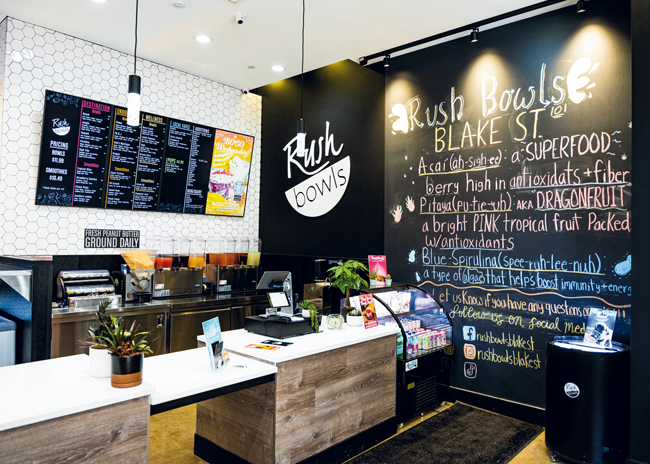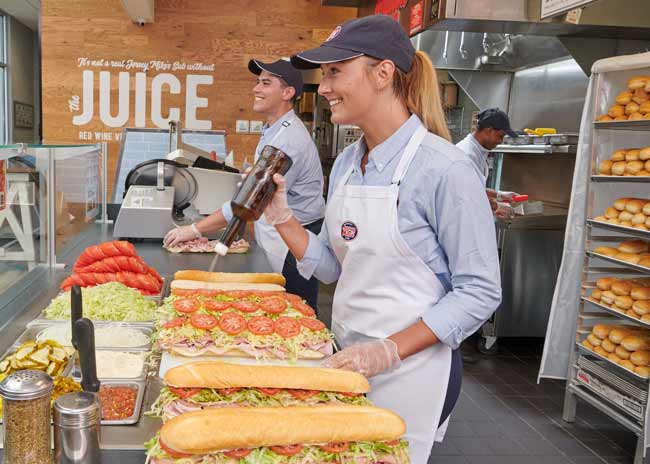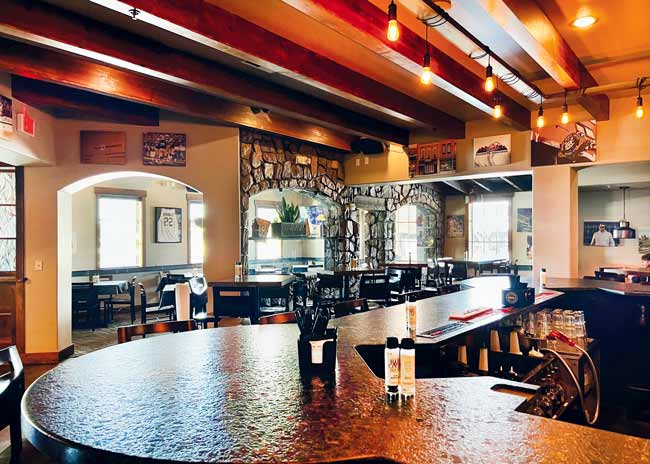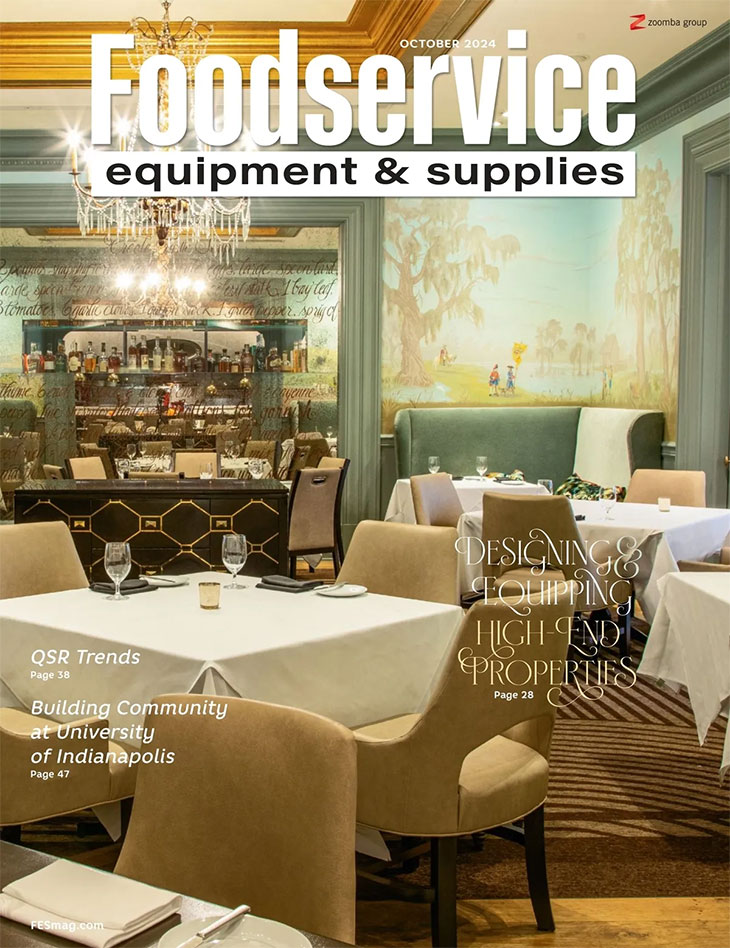Bars hold a unique place in American culture.
Well-designed self-serve beverage stations can reduce labor and enhance the customer experience.
While chicken skins may be an emerging trend in the U.S., they have long been a staple snack in other countries.
As bowl concepts rapidly expand and near maturity, operators are finding new ways to keep their restaurants fresh.
Quality, variety and flexibility differentiate next-gen dining programs.
Nikki Freihofer, strategy director at The Culinary Edge (TCE), a fast-food and beverage innovation agency, tracks industry trends to help new restaurants jumpstart their brands while helping existing ones refresh and amplify their menu offerings.
Whether designed as a front-of-the-house action station or back-of-the-house area for quick service, functionality and food safety are paramount with today’s sushi stations.
The summer heat and humidity bring added demand on foodservice equipment. While this is most clearly seen in tourist destinations that see a spike in traffic, it’s a fact for basically all operations.
In today's increasingly conscious world, sustainability advocates say identifying the environmental, social and governance (ESG) issues material to your business and figuring out ways to address them can strengthen organizations in the long run.
A quartet of foodservice consultants share how they see foodservice design and equipment solutions evolving to meet the challenges of the day.
Creative cocktails remain on trend, as an increasing number of operators continue to incorporate ingredients reminiscent of the coast or beach.
Logistics guide efficiency, speed of service and design
Colleges continue to fine-tune dining halls and menus to cater to all their customers — including those who may have felt left out.
Schools reassess menus and equipment packages, plus take a closer look at from-scratch cooking.
Experienced technicians share notes on equipment, service and more
Rib & Chop House aims to grow by offering the best dining experience in towns with fewer than 200,000 people.


















